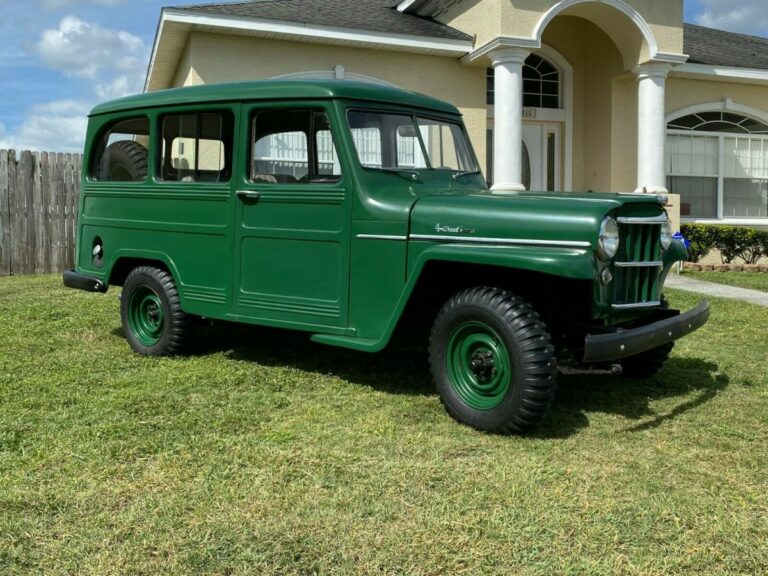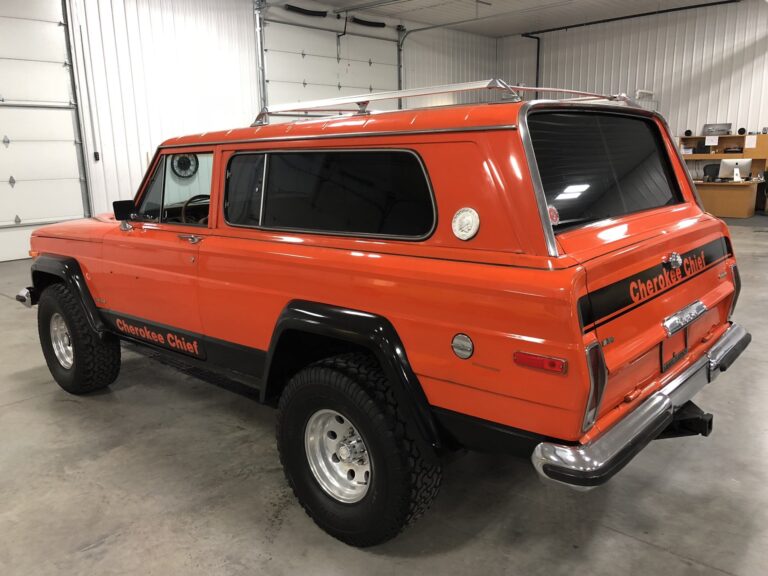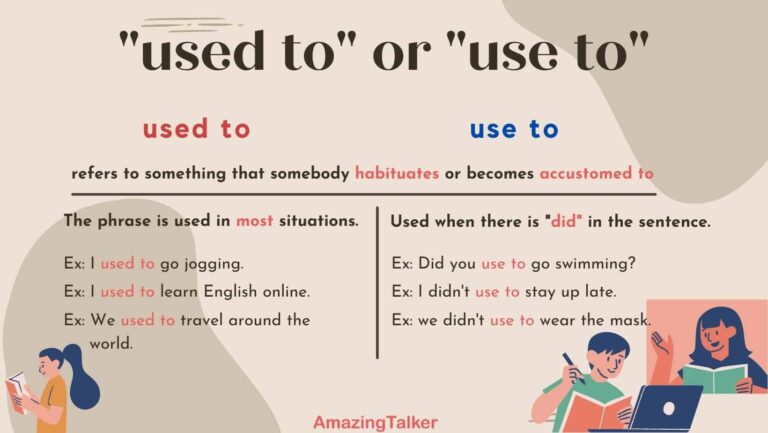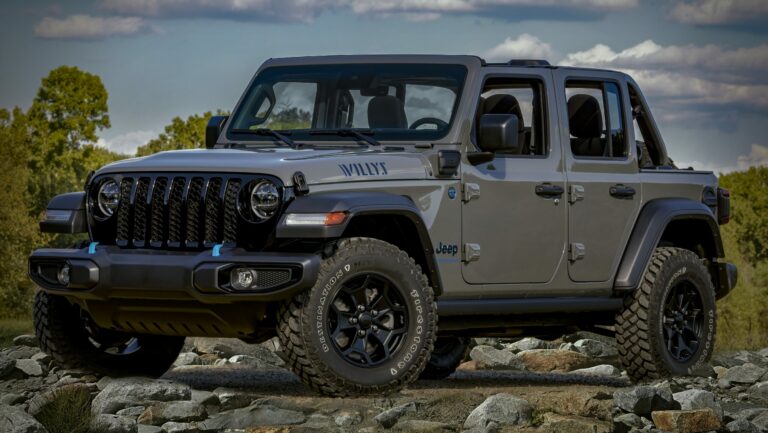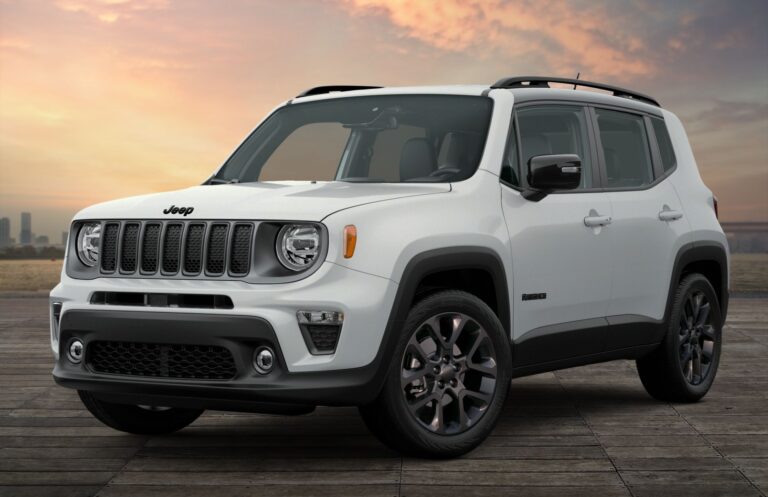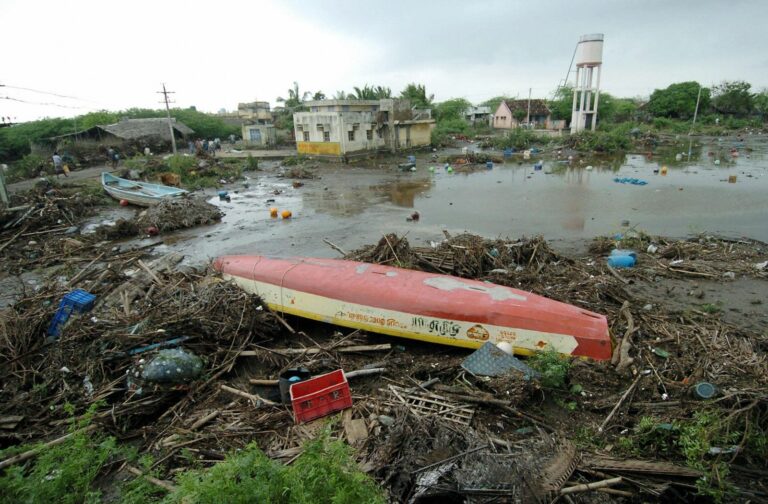Jeep SRT8 Twin Turbo Kit For Sale: Unleashing the Ultimate SUV Beast
Jeep SRT8 Twin Turbo Kit For Sale: Unleashing the Ultimate SUV Beast jeeps.truckstrend.com
The Jeep Grand Cherokee SRT8, in its stock form, is already a formidable machine. With its naturally aspirated HEMI engine – whether the 6.1L in the WK1 or the 6.4L in the WK2 – it offers a thrilling blend of SUV practicality and sports car performance. However, for a select group of enthusiasts, "formidable" is merely a starting point. They crave something more, something that transforms their high-performance SUV into a true supercar slayer, capable of embarrassing purpose-built sports cars on the drag strip and street alike. This desire leads many to the exhilarating world of forced induction, specifically, the Jeep SRT8 Twin Turbo Kit For Sale.
This article serves as a comprehensive guide for anyone considering diving into the intense, rewarding, and sometimes challenging journey of twin-turbocharging their Jeep SRT8. We will explore what these kits entail, the benefits and considerations, the critical supporting modifications, and what to expect when searching for, purchasing, and installing one of these ultimate power-adders.
Jeep SRT8 Twin Turbo Kit For Sale: Unleashing the Ultimate SUV Beast
The Allure of Forced Induction: Why Go Twin Turbo on a Jeep SRT8?
The stock HEMI engines in the SRT8 are powerful, but naturally aspirated engines have inherent limitations when it comes to maximizing horsepower and torque. They rely solely on atmospheric pressure to fill the cylinders, a constraint that forced induction systems, like turbochargers, obliterate.
Twin-turbocharging involves using the engine’s exhaust gases to spin turbines, which in turn drive compressors to force more air into the engine’s intake. This denser air, combined with more fuel, results in a significantly more powerful combustion event. The "twin" aspect means two smaller turbos are used, often providing quicker spool-up (reduced turbo lag) and a broader, more usable power band compared to a single large turbo.
The benefits for a Jeep SRT8 are profound:
- Exponential Power Gains: While a stock SRT8 might produce 420-470 horsepower, a well-tuned twin-turbo setup can easily push output to 800-1000 horsepower at the wheels, with some extreme builds exceeding 1200+ HP.
- Massive Torque: Turbos excel at generating low-to-mid range torque, making the SRT8 feel incredibly responsive and capable of brutal acceleration.
- "Sleeper" Factor: Unlike a supercharger, which often has a distinct whine, a twin-turbo setup can be relatively stealthy until you put your foot down, surprising many unsuspecting sports car drivers.
- Efficiency at Cruise: Turbocharged engines can be surprisingly efficient under light load, as the turbos aren’t actively building boost.

For those who want to transform their already potent SUV into a true monster, a twin-turbo kit is often the ultimate solution.
What’s in a Kit? Components of a Jeep SRT8 Twin Turbo System
A "Jeep SRT8 Twin Turbo Kit For Sale" isn’t just a couple of turbos; it’s a meticulously engineered system designed to integrate seamlessly with the HEMI engine. While specific components can vary by manufacturer and design, a typical comprehensive kit will include:
- Turbochargers: Two turbos, sized appropriately for the desired power level and engine characteristics. Considerations include journal bearing vs. ball bearing (ball bearing spools faster but costs more).
- Intercooler: Crucial for cooling the compressed air before it enters the engine. Cooler air is denser, leading to more power and reduced risk of detonation. Options include air-to-air (front-mounted) or air-to-water (more complex, but often more efficient for high power).
- Piping: This includes hot-side piping (connecting exhaust manifolds to turbo inlets, and turbo outlets to the intercooler) and cold-side piping (connecting the intercooler to the throttle body). Often, custom fabrication is required for optimal fitment and flow.
- Wastegates: These regulate boost pressure by diverting exhaust gases away from the turbine when the desired boost level is reached. External wastegates are generally preferred for their precise control and ability to vent to atmosphere (for that signature "pssssh" sound) or back into the exhaust.
- Blow-Off Valves (BOV): Vents excess pressure in the cold-side piping when the throttle closes, preventing compressor surge and protecting the turbo.
- Fuel System Upgrades: Stock fuel systems cannot supply enough fuel for the increased air intake. This necessitates larger fuel injectors, upgraded fuel pumps (often multiple), and sometimes larger fuel lines and a fuel pressure regulator.
- Engine Management (ECU Tuning): Perhaps the most critical component, though not always physically "in" the kit. The stock ECU must be reprogrammed (tuned) to properly manage fuel delivery, ignition timing, and boost pressure for the new forced induction system. This often requires a custom tune on a dyno.
- Oil Feed and Return Lines: Turbos are oil-lubricated and cooled, requiring dedicated lines to supply fresh oil from the engine and return used oil to the oil pan.
- Exhaust Modifications: Downpipes connect the turbo outlets to the rest of the exhaust system. Often, a full custom exhaust is needed to handle the increased flow.
- Hardware: Gaskets, clamps, silicone couplers, and all necessary bolts and fittings to assemble the system.
Choosing the Right Kit: New vs. Used, Brands, and Power Goals
When searching for a "Jeep SRT8 Twin Turbo Kit For Sale," you’ll encounter a spectrum of options, each with its own pros and cons.
New Kits
- Benefits: Come with a warranty, guaranteed fitment (from reputable manufacturers), latest design improvements, and often include base tunes. You get peace of mind knowing all components are new and undamaged.
- Drawbacks: Significantly higher cost.
- Reputable Manufacturers: Brands like Hellion Power Systems are well-regarded in the HEMI turbo community. Custom fabrication shops also offer bespoke, high-quality solutions.
Used Kits
- Benefits: Substantial cost savings, making twin-turbo an option for a wider budget range.
- Drawbacks: No warranty, potential for worn or damaged components (turbos, wastegates), missing parts, unknown history (e.g., was it on a blown engine?).
- Tips for Buying Used:
- Thorough Inspection: Check turbo shafts for excessive play, inspect intercooler fins for damage, and look for cracks in piping.
- Ask Questions: Inquire about mileage, reason for removal, and if any components were replaced.
- Professional Assessment: If possible, have a reputable turbo shop or mechanic inspect the kit before purchase.
- Factor in Replacements: Budget for potential replacement of wear items like oil lines, gaskets, and even turbos themselves.
Power Goals
Your desired horsepower output is a major determinant in kit selection and overall cost.
- Street-Friendly (600-800 HP): May require fewer engine internal upgrades, and kits might be simpler.
- High Performance (800-1200+ HP): Demands more robust turbos, larger intercoolers, and almost certainly extensive engine internal work. This pushes into the realm of custom builds and significant expense.
Beyond the Kit: Essential Supporting Modifications for a Twin Turbo SRT8
Simply bolting on a twin-turbo kit without addressing other vehicle systems is a recipe for disaster. The stock components of a Jeep SRT8, while strong, are not designed to handle double or triple their factory power output. Crucial supporting modifications include:
- Engine Internals: For anything over 700-750 HP, forged pistons, connecting rods, and often a stronger crankshaft are absolutely essential. The stock cast pistons and powdered metal rods will quickly fail under high boost.
- Transmission: The stock 545RFE (WK1) or 8HP70 (WK2) transmission will need significant upgrades. This includes upgraded clutches, a stronger valve body, and a performance torque converter to handle the massive increase in torque and power. For extreme power, a built transmission is non-negotiable.
- Drivetrain: Driveshafts, axles, and the differential will be subjected to immense stress. Upgraded, stronger components are highly recommended to prevent catastrophic failure.
- Brakes: With significantly more power comes the need for significantly more stopping power. Upgraded rotors, calipers, and pads are crucial for safety.
- Suspension: Stiffer springs, performance shocks, and potentially upgraded bushings will help manage the increased power, weight transfer during acceleration, and maintain control.
- Cooling System: Additional radiators, upgraded fans, and oil coolers help manage the increased heat generated by the turbocharged engine.
- Gauges: Essential for monitoring critical engine parameters like boost pressure, air-fuel ratio (AFR), exhaust gas temperature (EGT), oil pressure, and oil temperature.
The Installation Process: DIY or Professional?
Installing a twin-turbo kit on a Jeep SRT8 is an extremely complex and time-consuming undertaking.
- DIY: While some highly experienced enthusiasts with extensive mechanical knowledge and specialized tools might attempt it, it’s generally not recommended for the average home mechanic. The risk of errors, improper sealing, and subsequent engine damage is very high. Requires significant fabrication skills, precise measurements, and deep understanding of fluid dynamics and electronics.
- Professional Installation: This is the overwhelmingly recommended route. Reputable performance shops specialize in forced induction installations. They have the expertise, specialized tools, and diagnostic equipment to ensure proper fitment, leak-free operation, and optimal performance.
- Tuning: Regardless of who installs the kit, professional tuning on a dyno is absolutely critical. A custom tune will optimize fuel delivery, ignition timing, and boost control for your specific engine and kit, maximizing power while ensuring reliability. An improper tune can lead to catastrophic engine failure.
Important Considerations and Potential Challenges
Embarking on a twin-turbo SRT8 build is not for the faint of heart or light of wallet.
- Cost: The kit itself is just the beginning. Factor in professional installation, extensive supporting modifications, and custom dyno tuning. A full, reliable twin-turbo build can easily cost anywhere from $20,000 to well over $40,000, depending on power goals and component quality.
- Reliability: While modern turbo kits can be very reliable when properly installed and tuned, pushing an engine to extreme power levels inherently increases wear and tear. Regular, meticulous maintenance becomes paramount.
- Maintenance: Expect more frequent oil changes (with high-quality synthetic oil), checks of boost lines, intercooler connections, and overall system integrity.
- Emissions and Legality: Check your local and state regulations. In many areas, aftermarket forced induction systems may not be street legal due to emissions requirements.
- Heat Management: Turbos generate a lot of heat. Proper heat shielding and cooling system upgrades are vital for longevity.
- Insurance: Informing your insurance company about such significant modifications may result in higher premiums or even refusal of coverage.
- Resale Value: While a well-built twin-turbo SRT8 is a unique machine, the market for such highly modified vehicles can be niche, potentially limiting resale value or requiring you to find a very specific buyer.
Practical Advice and Actionable Insights
- Define Your Budget Realistically: Be honest about what you can afford, and then add a contingency fund for unexpected issues.
- Research Thoroughly: Spend time on forums (e.g., SRT8 forums, specific HEMI performance communities), watch build videos, and read reviews.
- Find a Reputable Shop: This is perhaps the most critical step. Look for shops with extensive experience in forced induction, especially with HEMI engines. Ask for references and see examples of their work.
- Prioritize Professional Tuning: Do not skimp on tuning. It’s the difference between a reliable, powerful build and a costly engine rebuild.
- Don’t Cut Corners on Supporting Mods: The engine, transmission, and drivetrain are the foundation. Skimping here will lead to failure.
- Consider Your Driving Style: If you plan on daily driving, choose a kit and power level that retains some drivability. If it’s a dedicated track machine, you can be more extreme.
- Start Moderate, Upgrade Later: If budget is a concern, consider building the engine internals first, then adding a more modest turbo kit, with the option to turn up the boost later.
Price Table: Estimated Costs for Jeep SRT8 Twin Turbo Kits & Builds
Disclaimer: Prices are estimates and can vary significantly based on brand, component quality, labor rates, and specific vehicle condition. This table is for guidance only.
| Category | Description | Estimated Price Range (USD) |
|---|---|---|
| Twin Turbo Kit (Parts Only) | ||
| Basic/Entry-Level | Includes turbos, intercooler, piping, wastegates, BOV. May require additional fuel/engine management. | $8,000 – $15,000 |
| Performance/Mid-Range | Higher quality turbos, larger intercooler, more complete fuel system, possibly basic ECU integration. | $15,000 – $25,000 |
| Race/Custom Built | Top-tier components, bespoke fabrication, often includes high-end engine management systems. | $25,000 – $40,000+ |
| Installation & Tuning | ||
| Professional Installation | Labor for kit installation (can be 80-150+ hours depending on kit/complexity). | $8,000 – $15,000 |
| Custom Dyno Tuning | Optimization of ECU for boost, fuel, timing. Crucial for performance and reliability. | $1,500 – $4,000 |
| Essential Supporting Mods | (Highly Variable – depends on power goals and existing condition) | |
| Forged Engine Internals | Pistons, Rods, Bearings, Head Studs (parts + labor) | $6,000 – $15,000+ |
| Transmission Upgrade | Built transmission, performance torque converter (parts + labor) | $5,000 – $12,000+ |
| Drivetrain Upgrades | Axles, Driveshafts, Differential (parts + labor) | $3,000 – $8,000+ |
| Fuel System Upgrade | High-flow pumps, larger injectors, fuel lines, regulator (if not in kit) | $1,500 – $4,000 |
| Cooling System Upgrades | Larger radiator, oil coolers, upgraded fans | $1,000 – $3,000 |
| Brake & Suspension Upgrades | Performance calipers, rotors, pads, coilovers/springs | $2,000 – $10,000+ |
| Total Estimated Cost (Complete Build) | ||
| Entry-Level Build | Basic kit, minimal engine work (under 700HP), professional install & tune. | $25,000 – $45,000 |
| Performance Build | Mid-range kit, forged internals, built transmission, comprehensive supporting mods. | $45,000 – $75,000 |
| Extreme/Race Build | Top-tier kit, full engine build, race transmission, all supporting mods. | $75,000 – $120,000+ |
Frequently Asked Questions (FAQ)
Q: How much horsepower can I expect from a twin-turbo SRT8?
A: Depending on the kit, supporting modifications, and tune, you can expect anywhere from 600-700 horsepower at the wheels (with stock internals) up to 1000-1200+ horsepower (with fully built engines).
Q: Is a twin-turbo SRT8 street legal?
A: This depends entirely on your local and state regulations. Many areas have strict emissions laws that an aftermarket forced induction system may violate. Always check with your local DMV or emissions testing facility.
Q: Will it affect my daily drivability?
A: A well-tuned twin-turbo system can retain excellent street manners, offering smooth power delivery and good drivability under normal conditions. However, extreme builds designed for maximum power may sacrifice some daily comfort.
Q: How long does twin-turbo installation take?
A: Professional installation can take anywhere from 2-4 weeks or more, depending on the complexity of the kit, the extent of supporting modifications, and the shop’s schedule.
Q: What’s the difference between a turbocharger and a supercharger?
A: Both are forced induction, but turbos are exhaust-driven, recycling waste energy to create boost. Superchargers are belt-driven directly by the engine’s crankshaft. Turbos generally offer higher peak power potential and better efficiency at high boost, while superchargers offer instant, linear power delivery with no lag.
Q: Do I need to upgrade my engine internals for a twin-turbo kit?
A: For anything over 700-750 horsepower at the wheels, upgrading to forged pistons, connecting rods, and often a stronger crankshaft is highly recommended to ensure reliability and prevent catastrophic engine failure.
Q: How much does a complete twin-turbo build on an SRT8 cost?
A: As detailed in the price table, a complete, reliable twin-turbo SRT8 build (including the kit, installation, tuning, and necessary supporting engine/transmission/drivetrain upgrades) can range from $25,000 for an entry-level setup to well over $100,000 for an extreme, race-ready build.
Conclusion
The "Jeep SRT8 Twin Turbo Kit For Sale" represents more than just an automotive upgrade; it’s an entry point into an elite tier of performance, transforming an already potent SUV into an absolute road-going monster. The allure of unparalleled power, blistering acceleration, and the ability to humble much more exotic machinery is undeniably strong.
However, this transformation requires meticulous planning, a significant financial investment, and, most importantly, a commitment to professional execution and ongoing maintenance. For those willing to embark on this journey, the reward is an undeniably exhilarating driving experience – a Jeep SRT8 that truly lives up to its "supercar slayer" reputation, delivering an adrenaline rush every time the boost builds and the tires fight for traction. It’s the ultimate expression of HEMI power in an SUV package.

